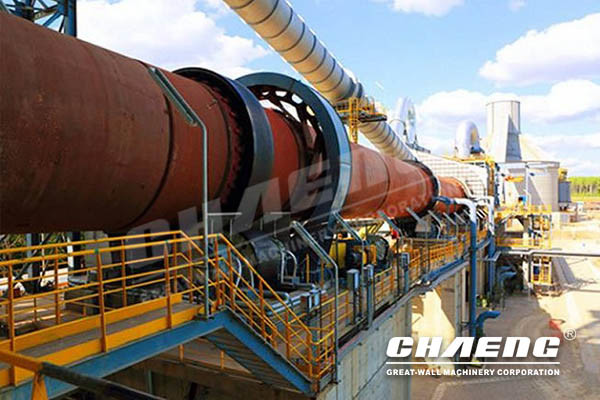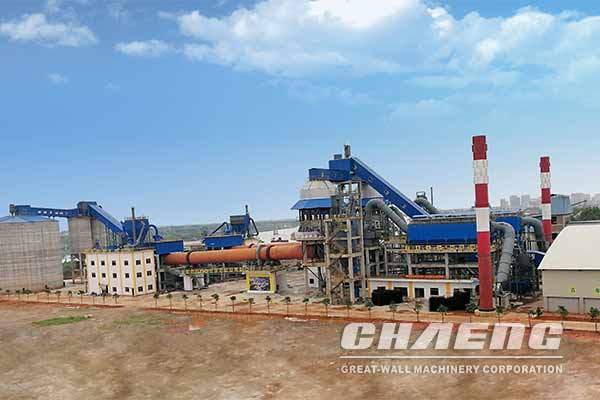Industry Reports
Cement & Lime Rotary Kiln Mechanical Considerations
All rotary kilns essentially take the form of beams supported at a few points - the tyres (riding rings) - along their length, with the added complication that they rotate. The shell has to cope with all the forces involved, but is necessarily thin, since weight must be minimised. The design and maintenance of the kiln need to keep the distortion of the structure within acceptable limits. Flexure as the kiln rotates causes reduction in the life of the refractory lining as well as fatiguing the shell itself.




A number of different mechanical deformations occur.
1.Bending of the kiln under gravity:
2.Distortion due to damage:
3.Structural defects:
4.Misalignment – vertical displacement of the rollers from their correct position
5.Kinks and dog-legs – off-axis defects during assembly or maintenance of the shell
6.Torsional distortion – the twisting of the shell caused by the torque of the drive.
7.Thermal expansion – the kiln shell expands radially and longitudinally.
The axial and transverse distortions are the main concern: distortion due to damage and structural defects tend to amplify their effects.
The axial flexure is greatest at the tyre, and increases with the span (relative to kiln diameter) between tyres. This is mitigated by extra layers (“wrappers”) of plate under the tyres.
Ovality affects both the tyre and the shell, but is much greater for the latter because of its thinness, and increases with the ratio of kiln diameter to shell thickness.



